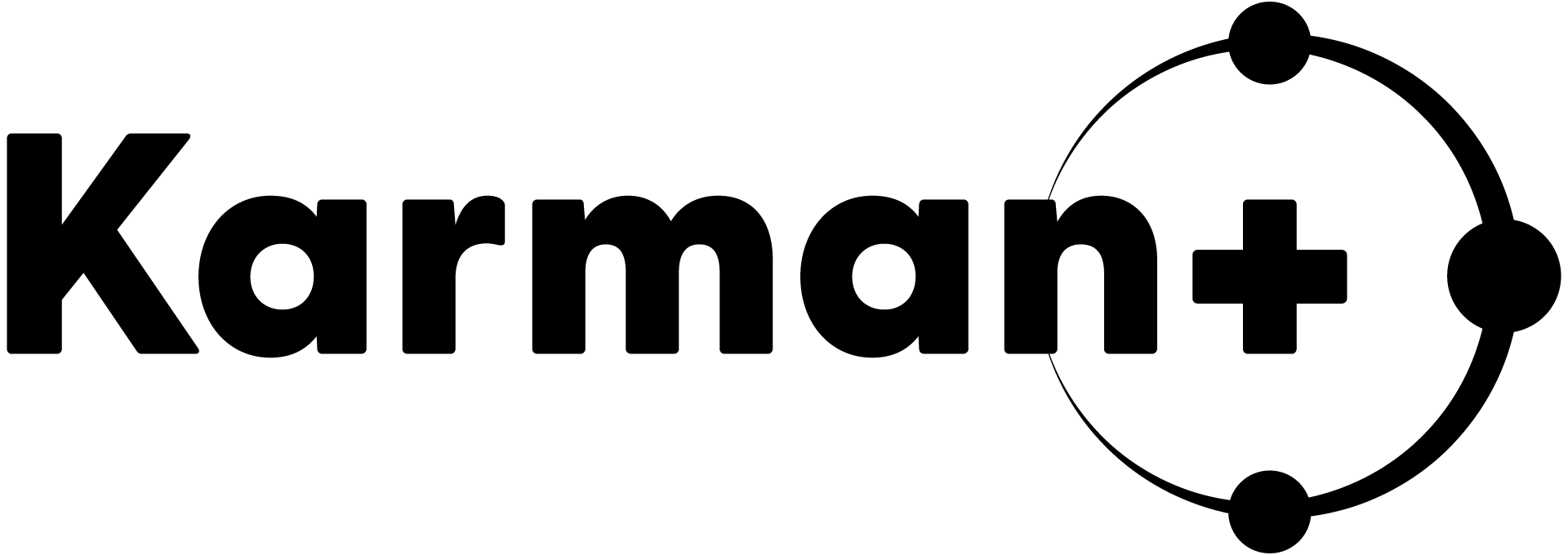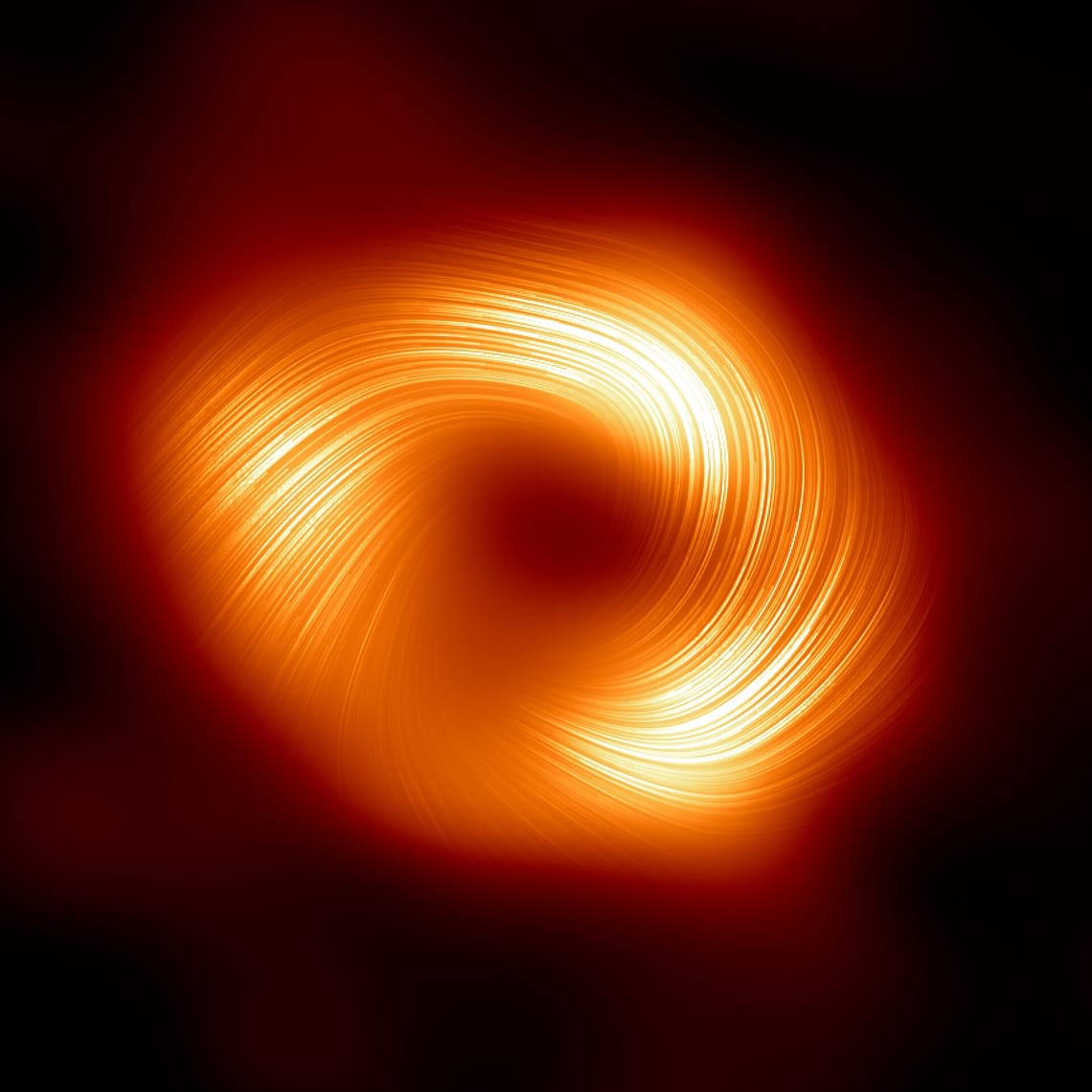Technical Dispatches are intended to bring readers behind the scenes and into the research. In this edition, Daynan, a Karman+ co-founder who has spent his career leading applied research and data and engineering teams, shares some of the driving principles guiding the science and engineering effort at Karman+.
Welcome to the first Technical Dispatch from the Karman+ team. If you know anything about our mission you know we are on an ambitious journey. We’ll get into more focused topics in subsequent posts, but to set some context in our lead-off dispatch, I’d like to describe the importance of three themes in our technical effort: rigor, imagination, and boldness. Rigor is at home in a technical discussion, but you may think imagination is out of place and boldness is better suited as a tagline for Star Trek.
Allow me to convince you otherwise.
We seek to extract regolith at scale from Near-Earth Asteroids (NEAs) and return it to an orbit in cislunar space — cislunar is Latin for “this side of the moon” and describes an area that includes orbits from Earth out to the Moon’s orbit. Consider the objectives we will execute on to commit to this lofty goal.
We will:
- Do something that has only been done three times (by JAXA, JAXA again, and the US);
- Do so at a fraction of the cost;
- At a significantly larger scale (not grams but kilograms – many hundreds or even thousands); and
- Refine what we find into useful products in space.
Star Trek indeed. These ideas of rigor, imagination, and boldness not only have a home in the Karman+ team’s approach to science and engineering, they are indispensable.
“Worthy of Notice”
Let’s begin with why rigor is important to us. Science is critical to our effort to identify asteroids to cultivate and create as complete a picture as possible of what we’ll find there. Our ability to successfully detect, extract material and produce anything of value depends on this. Understanding the evolution of the Solar System may be an academic question, but knowing how those generative processes created asteroids with particular attributes that we’re interested in — such as the presence and state of hydrated minerals — is critical.
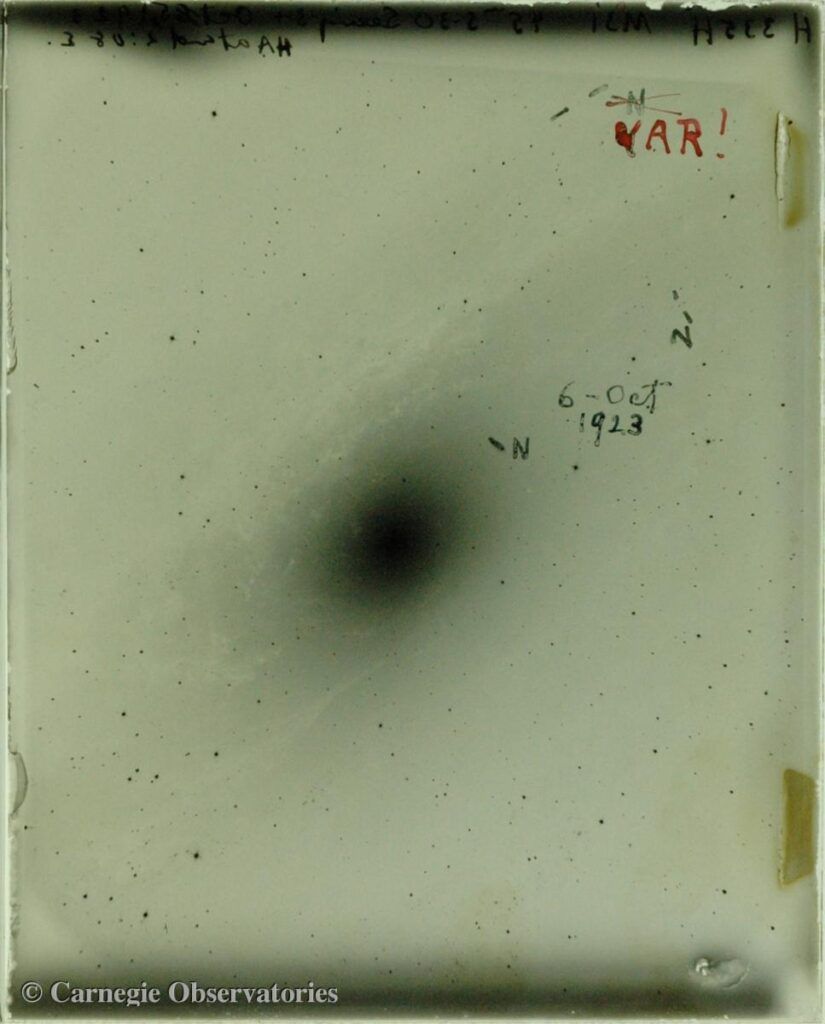
Science is constantly evolving as new information and theories are developed, and as anyone with even a general familiarity with science knows, this is not usually a smooth and clear-cut process, but one filled with nuance and open interpretations. It’s a continuously flowing river… with eddies. Establishing progress in such an ambiguous environment requires a rigorous framework that gives us some confidence in our ability to interpret what we know and collaborate with others.
The reason science inspires so many things, including our mission at Karman+, is that with new discoveries, we gain something tangible: the picture is made more complete. As Edwin Hubble aptly put it, “the history of astronomy is a history of receding horizons.” In fact, Hubble’s famous discovery of the expanding universe is a great example of the importance of rigor. It was only possible because of the monumental effort of many people, including the human “computers” impeccably documenting astronomical surveys and his contemporaries like Henrietta Leavitt. She found a tight correlation between periodicity and brightness for a type of variable star (Cepheids) that was “worthy of notice.” These beacons allowed Hubble to determine that what he saw in the Andromeda galaxy was not a nova but a Cepheid variable that was much farther away than previously thought.¹
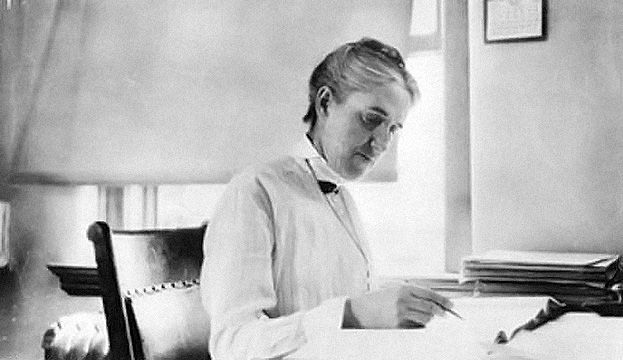
So how do we employ rigor at Karman+? As one example, we are modeling a population of NEAs based on observed data we know to infer things about asteroids we don’t have much (if any) observable data on. You’ll read more about all of this in an upcoming technical dispatch from Lauri, our astronomer and research scientist. This approach requires building a knowledge base of the best data and science we can find. It also requires statistics, which is a powerful tool when used effectively but misleading when the rigors of the analysis are not respected.
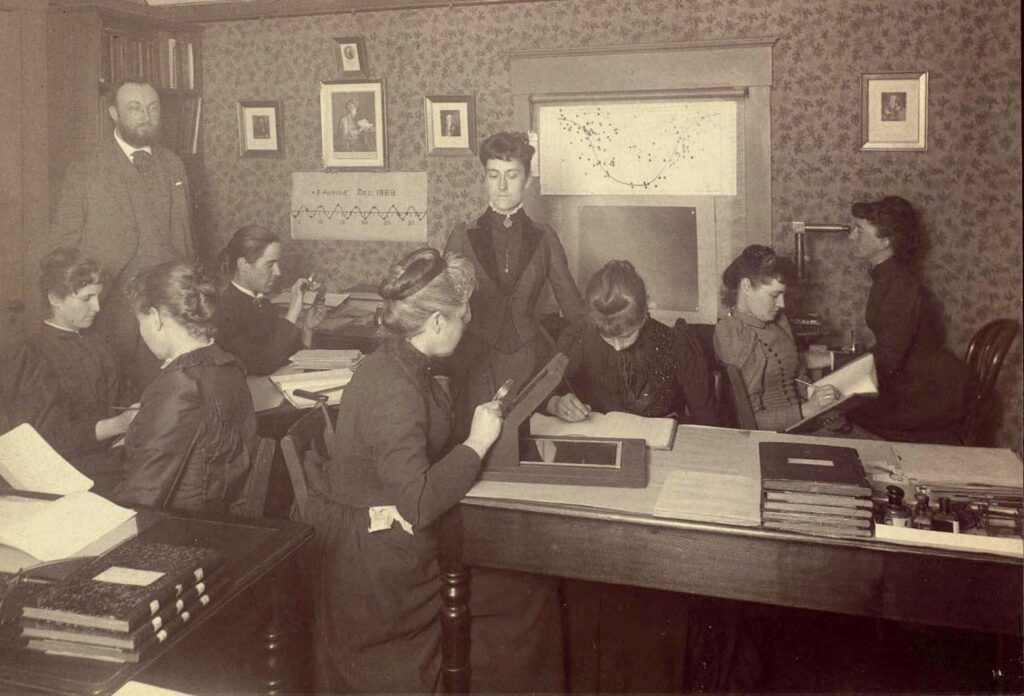
The Karman+ Equation
We are careful about what assumptions and constraints we make and seek ways to test and improve those. Our decisions are quite interdependent, for example, if we look for asteroids that are easier to reach and design smallsat missions for, we constrain the NEA population we are able to target, including those with attractive attributes. We needed a framework that allows us to dynamically explore these variables even as we build our knowledge base and change our mission parameters. So we developed a simple formula, the “Karman+ Equation” if you will, for guiding this.
The three primary terms on the describe, respectively:
- The probability of an asteroid at a given location and time
- The extractable resources expected for the target asteroid(s) given physical attributes
- The mission design parameters whose conditions must be sufficiently met
All three of these terms are conditioned on errors related to the certainty of the data. Taken together, they estimate the expected amount of resources given the parameters we have chosen based on the data we have. Think of it as a kind of Bayesian engine that guides our decisions not only to optimize asteroid target and mission design parameters but to de-risk our system by prioritizing how we improve our data and methods.
For example, the diameter of an asteroid is an important physical attribute to know, but for nearly all asteroids on record, this is not something observed directly because they are too small, faint, or far away. We can approximate this with a photometric model (Harris, 1997) that derives diameter as a factor of the absolute magnitude, H, (in Solar System astronomy, this is the mean brightness of the object with zero phase angle with the Sun, which is the angle between the Sun and the observer, as seen from the asteroid, and 1 AU from the Sun and the observer), and the geometric albedo, pv, (ratio of actual brightness observed relative to an idealized fully reflective, flat surface at a zero phase angle).
D is this diameter, pv is the geometric albedo, and H is the absolute magnitude.
This is already an approximation assuming that the body is perfectly spherical and uniform — which we know is not true — but more uncertainty is implied because the two parameters themselves, absolute magnitude and geometric albedo, are never known with full certainty. In particular, the geometric albedo is often assumed to be some common value (e.g. 0.14) based on a sample of asteroids, but given the exponential relationship in this formula, an error in albedo can vary the diameter estimate significantly. Simply estimating the diameter without accounting for the uncertainty of these parameters will also obscure the uncertainty of the diameter itself. Rather, at Karman+ we use distributions of these values, absolute magnitude and geometric albedo, as taken from multiple observations and estimations where possible. Using a Monte Carlo simulation we can then create a distribution of diameter values given the distributions of these two parameters as inputs. The advantage is that we are capturing the uncertainty in the estimated diameter based on the uncertainty of the input parameters.
Let’s look at a couple Near-Earth Asteroids to illustrate this: asteroid 1989 UQ, which has relatively more observational data available, and 2011 CG2, which has less observational data available.
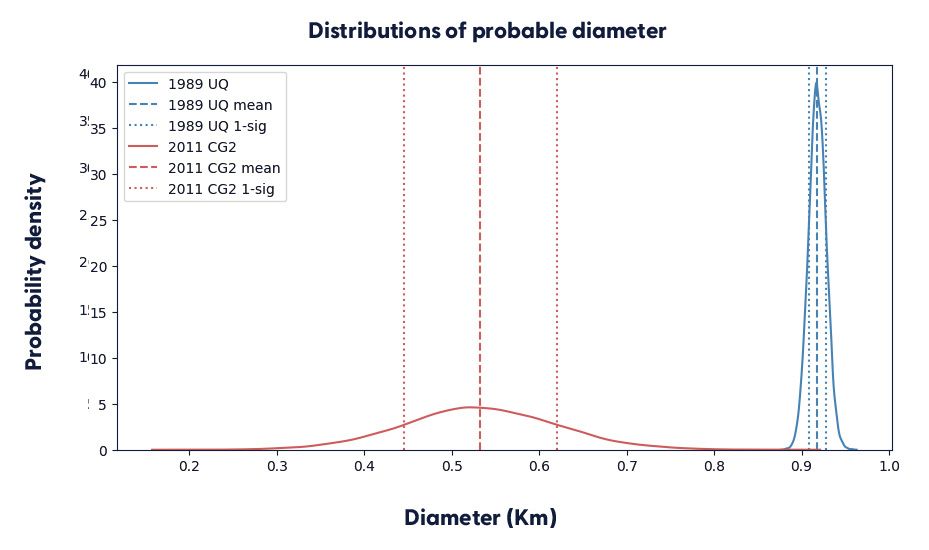
Here we look at distributions of probable values for absolute magnitude (H) for asteroid 1989 UQ (blue) and 2011 CG2 (red). The distribution for 1989 UQ is tighter than that of 2011 CG2, indicating more certainty. For example, if we were to pick the best guess, such as the mean H value (dashed lines), then that guess would have a much higher probability for 1989 UQ (nearly 3.5 on the y-axis) than it would for 2011 CG2 (not quite 1.5 on the y-axis).
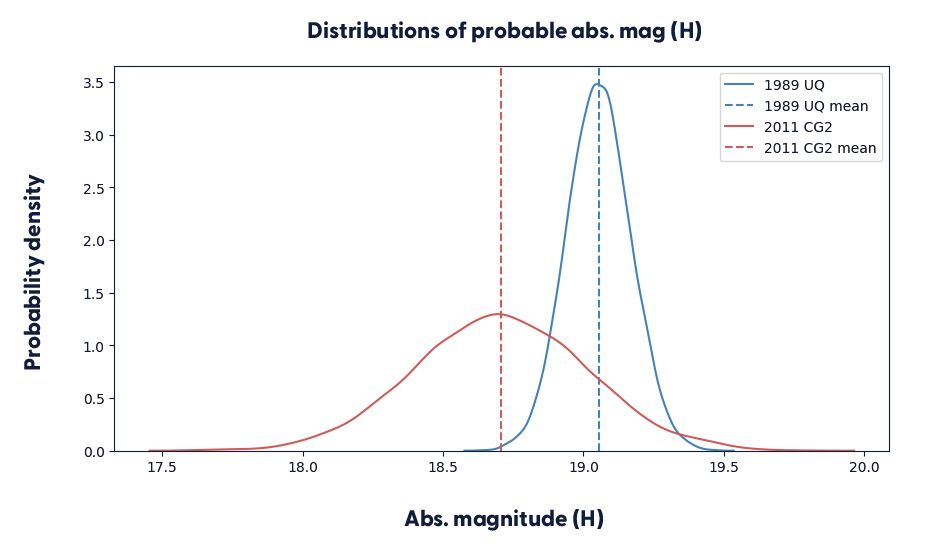
When we look at the distributions of possible values of geometric albedo (pv) for both asteroids, we see even more clearly the disparity in certainty. Asteroid 1989 UQ (blue) has a far tighter distribution of pv than does 2011 CG2 (red), which has a wider spread of probable values.
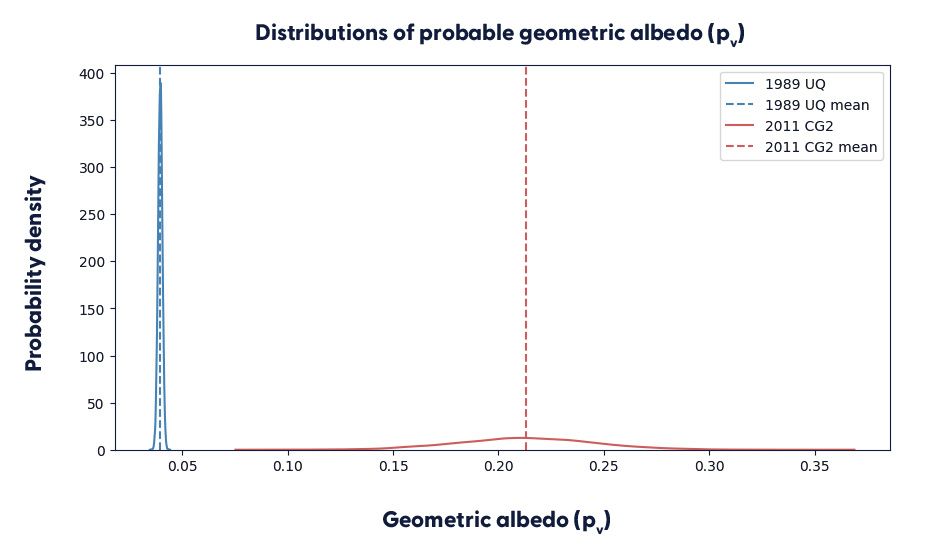
When we calculate the diameter, which is derived from both H and pv attributes, we can see an expected difference in distributions such that 1989 UQ (blue) has a much tighter distribution of probable diameter than does 2011 CG2 (red). This is critical for decision-making. We can be fairly certain that 1989 UQ has a diameter near 918 meters (the mean value, dashed blue line), with a standard deviation of only about +/- 10 meters (dotted blue lines). But if we guess the mean diameter of 2011 CG2 (533 meters, dashed red line) we see a standard deviation of about +/- 88 meters, representing a range from 445 meters up to 620 meters.
We can use this information to assess the attractiveness of a particular asteroid as well as quantify improvements, such as the degree to which new albedo measurements would tighten the uncertainty of the diameter in our calculations.
There are a number of other ways we’re introducing rigorous methods in our work. We are partnering with esteemed experts in academia and industry across all key technical disciplines and seek to participate in conferences and networking events. And we are promoting best practices like peer review and hypothesis testing.
Imagination is the limit
The virtues of rigor are important to us, but so are its limits. A meticulously conducted astronomical survey can yield ground-breaking results, as with Hubble. Thus, it is no surprise then that this is a common perspective in literature for considering activities such as asteroid prospecting. Martin Elvis provides a thoughtful case for cultivating asteroids commercially (Elvis, 2013). He suggests that many thousands of NEAs must be well-characterized remotely (including the aid of powerful telescopes not yet built) and hundreds must be locally characterized (i.e. spacecraft fly-bys) in order to sufficiently prospect. This might take upward of a century. Investment in telescopes and probes would speed this up, but to the tune of billions of dollars and years, if not decades, in development.
We value scientific progress and advocate for investment in such an effort if we as a society have any hope to understand the complex puzzle that is our natural world, yet at Karman+ we are not taking on the role ourselves for pure research. Our objective is narrower and action-focused. We can’t statistically mine an asteroid, but neither can we survive spending decades or billions of dollars to make our move. We are standing at the bank of that ebbing and flowing river of scientific knowledge and we have to step in. This requires a shift in mindset that recognizes the limits of the rigors of science outside the academic world.
This also requires imagination. Imagine there are faster, lower-cost ways to prospect and cultivate asteroids. Imagine making a Coke can into a satellite…
CanSat
There is a spirit of creation in building something and imagination is the fuel that feeds it. In 1999, a group of Japanese and American students gathered in Hawaii for the first “University Space Systems Symposium,” at which Stanford University Professor Bob Twiggs pondered whether a Coke can could be made into a satellite. The engineers took his prompt seriously and made the first CanSat. The idea has led to CanSat competitions in Japan, the US, Europe and around the world. It also led to the concept of the CubeSat, a class of miniature satellites that has spawned a major industry, with ~3,500 nanosats and CubeSats launched to date⁵. One of the engineers at the inaugural 1999 event, Professor Yuichi Tsuda, went on to become a technical project manager in the JAXA Hayabusa-2 mission to asteroid Ryugu.⁶

What “CanSat thinking” must we do for asteroid mining? Asteroids are an environment with such low gravity that in common circumstances, such as “rubble pile” asteroids composed of loose fragments of rock, a spacecraft doesn’t so much “land” as sink into a spongy/ball-pit-like surface and forces like electrostatic cohesion may actually be relatively significant: somewhat like the way a balloon that you’ve rubbed on your head sticks to a wall. Can you imagine mining kilograms of material that way?
A core part of our ability to be imaginative in how we innovate and create is with the most important resource we will ever have: our people. Technical experience is fundamental to the work, but it alone is not enough. We are building a team of people who think creatively and bring a diverse range of perspectives and backgrounds. We are building an interdisciplinary team that works closely with each other and honors the expertise of particular fields while looking for ways to apply concepts across them. We read and share about things we’re passionate about — among them: saunas, music, Scotch whisky, and Legos. We are building a culture that empowers people to make a case for out-sized ideas and expects them to do the diligence to investigate if it is something worth doing.
You’ll notice I haven’t mentioned boldness yet, and perhaps with an endeavor like asteroid mining that is a given, but it’s important to reinforce: while the tacit knowledge for applying rigorous thinking is a fundamental need and the imagination to visualize what has never been done is the only way we will survive, it’s the boldness to act on this that will make the difference between us writing a blog about things we’d like to see happen and things we are doing. We need technical leaders who deeply understand the playbooks for planetary science and deep space missions, but are fearless in the need to write a new playbook.
Join our team of scientists and engineers pioneering ways to find resources in space
I look forward to providing more dispatches as our team’s work continues — and our team is growing. We are looking for people that embody the rigor, imagination and boldness our mission requires. Are you one of them?
References
- Elvis, Martin. “Prospecting asteroid resources.” Asteroids (2013): 81-129.
- Harris, Alan W. “On the revision of radiometric albedos and diameters of asteroids.” Icarus 126, no. 2 (1997): 450-454.
Citations
- Marcia Bartusiak’s compelling book “The Day We Found the Universe” chronicles this journey of scientists
- Photo source: Carnegie Observatories
- Photo source: Margaret Harwood, courtesy of AIP Emilio Segrè Visual Archives, Physics Today Collection, Shapley Collection
- Photo source: Harvard University Archives/HUV 1210 (9-4)
- nanosats.eu
- Road to Hayabusa2 from CanSat and CubeSat
- Photo source: Norsk Romsenter
